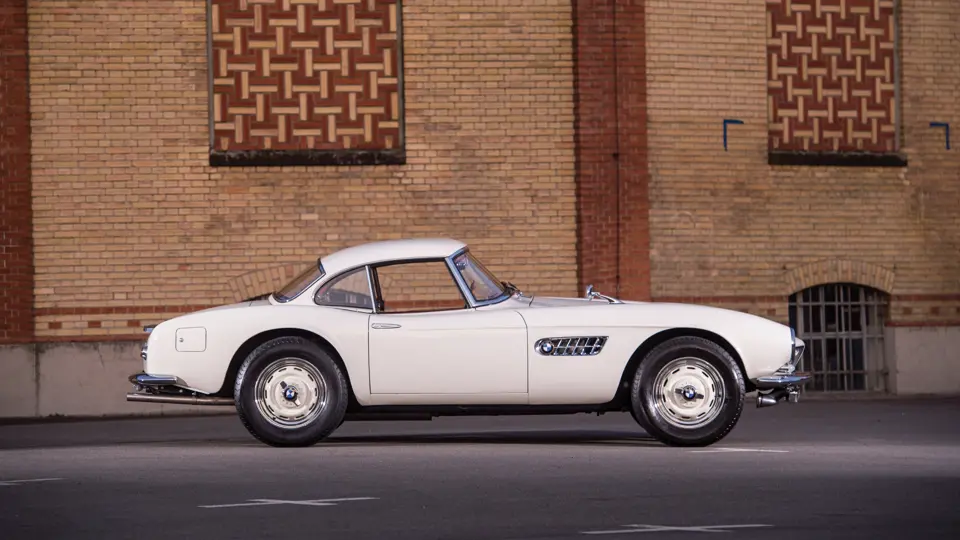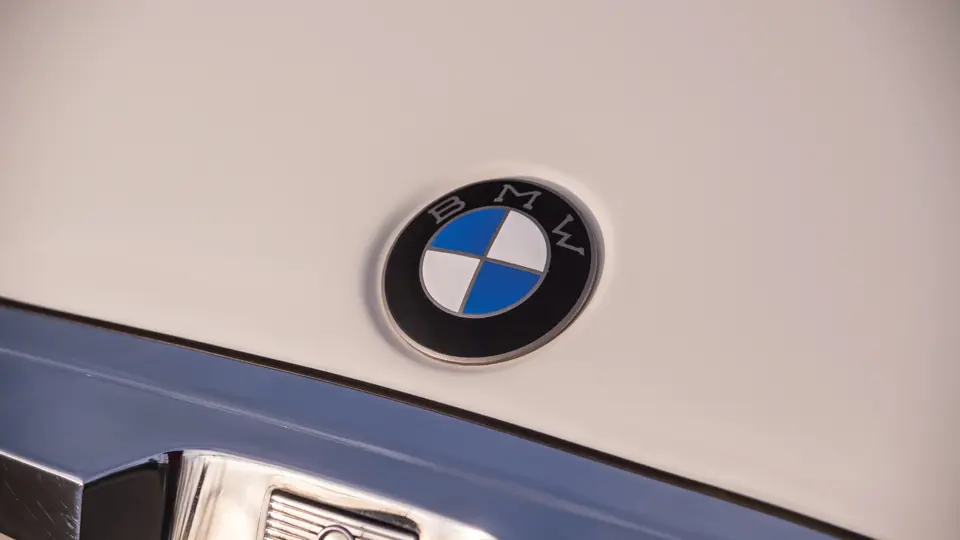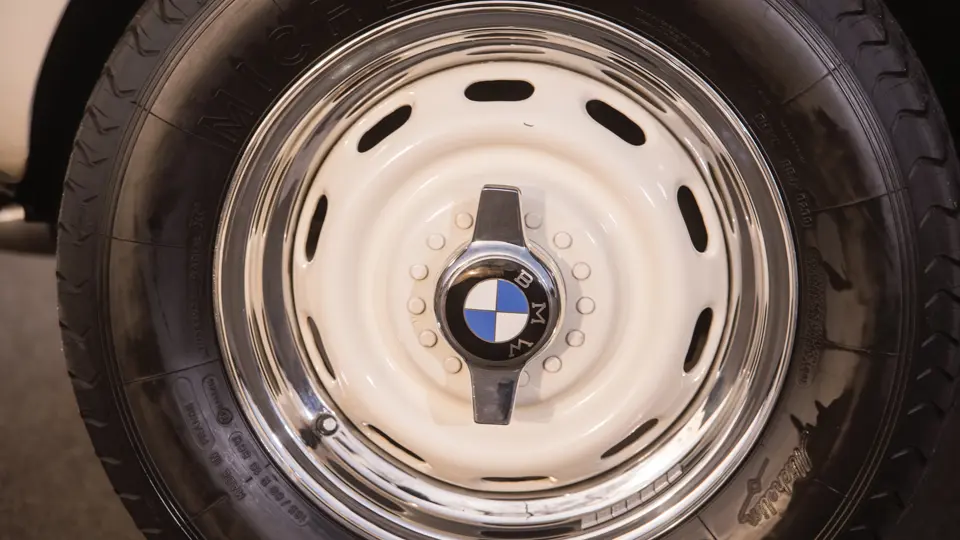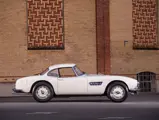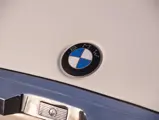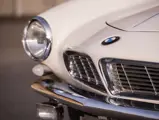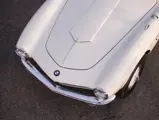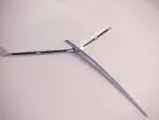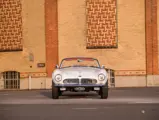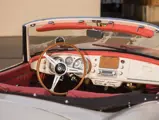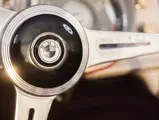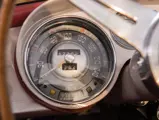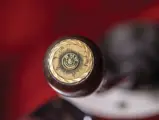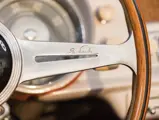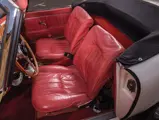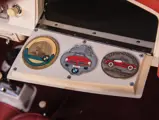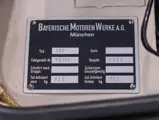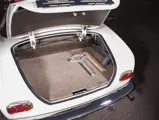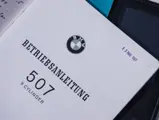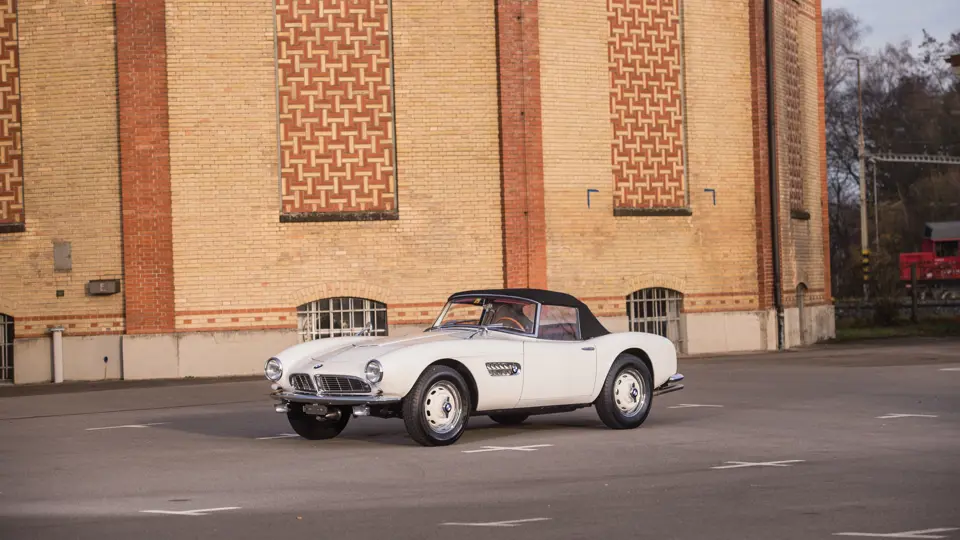
1957 BMW 507 Roadster Series II
{{lr.item.text}}
€2,016,000 EUR | Sold
{{bidding.lot.reserveStatusFormatted}}
- One of just 252 examples of this landmark design
- European specification with tasteful upgrades
- Fitted with original Rudge wheels; includes hardtop, books, and toolbox
- Known history; extensive file of documentation
- Eligible for the Mille Miglia and Tour Auto
- Un des 252 exemplaires de ce modèle marquant
- Spécifications européennes avec améliorations utiles et appréciables
- Équipée d’origine de roues Rudge
- Avec son hard-top, ses manuels et son outillage
- Historique connu ; dossier documenté très complet
- Eligible aux Mille Migliaet au Tour Auto
148 bhp, 3,168 cc OHV V-8 engine with dual Zenith downdraught carburettors, five-speed manual transmission, independent front suspension with dual A-arms and torsion bars, live rear axle with torsion bars, and hydraulic front-disc and rear-drum brakes. Wheelbase: 2,480 mm
Moteur V8 à soupapes en tête, 3 168 cm3, 148 (150) ch, deux carburateurs double corps Zénith inversés, boîte manuelle ZF à cinq rapports, suspension avant indépendante par triangles et barres de torsion, pont arrière oscillant et barres de torsion, freins avant à disque et arrière à tambour à commande hydraulique. Empattement : 2 480 mm
Great art is created from vision, not necessity. Never was this truer than with the legendary BMW 507 roadster.
The company in the early 1950s bore little resemblance to today’s manufacturer of the ‘ultimate driving machine’. It had been caught in the turmoil of Germany’s reconstruction, and as a result, its bread-and-butter sales came from the production of microcars. Plans were underway for a saloon car, and a V-8 engine had been designed for it, but the company needed a hit, a halo car that would restore the brand in public minds.
Help was a hand in the form of legendary New York car dealer Max Hoffman, who also instigated the Porsche Speedster and Mercedes-Benz 300 SL. The sole BMW importer for the United States wanted another European sports car to bridge the gap between his high-end machinery and more pragmatic MGs in his sales line-up. He had the Midas touch, so his request was swiftly granted, and development work got under way. The 507 would utilise components from the 502 and 503 series, particularly the 3.2-litre overhead-valve V-8 engine which featured an aluminium block and was uprated to feature twin carburettors to deliver a refined 148 brake horsepower (150 PS).
Designed by Count Albrecht von Goertz, a protégé of designer Raymond Loewy, his creation did not disappoint. The result was a truly breath-taking form that combined elegance and power. The long, sweeping lines of the 507 began at the front with the low, sensuous nose featuring a stylish version of the now trademark BMW ‘twin kidney’ grill and a narrow chrome bumper. The theme of feline grace continued along the front of the car with sculpted wings featuring ‘shark gill’ vents complete with the BMW emblem. An elegant chrome rear bumper and twin exhausts finish the masterpiece. Yet it remained a trophy car for only a very select few, as the price was more than $11,000, an extraordinary sum for a car at that time—double its target price. As a result, a mere 252 cars were made before production ended in 1959.
Offered here is a later Series II version that was built in 1957 in the Feder Weiss (feather white) colour scheme with Korallrot (coral red) interior with the correct and original Rudge wheels. It was delivered as new on 1 January 1958 to Mr Carlo Silvestrelli in Switzerland, a high-profile accountant who lived in Zurich. The car remained in his ownership for nearly a decade, though he only drove the car until 1964. He then sold it with 50,600 kilometres in 1967. A copy of the advert is included in the extensive file detailing the car’s history. The second owner was Mr Pierre Struys of Montreux, who added 8,200 kilometres before having the original engine replaced with a correct-type spare by BMW Munich and properly re-stamped. Mr Struys sold it displaying 77,000 kilometres to the next long-term owner in 1969, a Mr Oskar Bloch, who ran a BMW workshop in Basel and had maintained the car during Mr Silvestrelli’s tenure.
Once in his ownership, he drove it sparingly. Having previously cared for the 507, it is unsurprising that he made detailed notes of his trips and the work he did over the next 43 years of ownership. That note book is also included in the history file. Highly original throughout, including its original interior, Mr Bloch did have the car repainted once during the 1970s. He also made sympathetic upgrades to improve ease of use and to keep up with modern driving conditions, including a five-speed ZF gearbox, a stainless steel exhaust system, and an electrical fuel pump, though the original pump has been fitted back into the car. Sold to the consignor in Switzerland, it was serviced by specialists Kestenholz in March 2015. One delightful feature is the correct and original toolbox under the bonnet.
This example of the 507 is a fabulous and useable specimen of a rare and iconic design, one for the true automotive connoisseur.
La firme BMW n’était pas au début des années 1950 dans la forme que nous lui connaissons aujourd’hui. Prise dans les problèmes de la reconstruction de l’Allemagne à l’époque, l’essentiel de ses recettes provenait de la production de micro voitures. Une berline était à l’étude et un moteur V8 avait été conçu pour celle-ci, mais la firme avait besoin d’un succès, d’une voiture exceptionnelle capable de restaurer dans le public l’image de la marque.
Le secours vint du légendaire importateur d’automobiles de New York, Max Hofmann qui avait été à l’origine de la naissance de la Porsche Speedster et de la Mercedes-Benz 300 SL. L’unique importateur BMW aux états-Unis voulait une autre voiture de sport européenne capable de combler l’écart dans son offre entre ses hauts de gamme et les très abordables MG. Comme il avait la main de Midas, sa demande fut vite agréée et le développement de l’idée fut lancé. La 507 allait utiliser des composants des séries 502 et 503, notamment le moteur V8 culbuté qui bénéficiait d’un bloc en alliage léger et qui fut poussé avec deux carburateurs jusqu’à 148 (150) ch.
Dessinée par le comte Albrecht von Goertz, un protégé du styliste Raymond Loewy, sa création ne déçut personne. Le résultat donna une forme aussi élégante que sportive. Les lignes tendues et souples de la 507 commençaient à l’avant avec un nez surbaissé comportant une version élégante des deux grilles en haricot de BMW et un fin pare-chocs chromé. Le thème de la grâce féline se poursuivait sur les flancs sculptés qui comportait un extracteur d’air orné de l’emblème BMW. Un élégant pare-chocs arrière et deux sorties d’échappement chromés terminaient cette magnifique silhouette. La voiture ne fut pourtant que l’apanage de quelques rares privilégiés car un prix de plus de 11 000 dollars était une somme extraordinaire à l’époque pour une automobile et le double du prix envisagé au départ. Résultat : 252 exemplaires seulement furent construits avant l’arrêt de la production en 1989.
La 507 offerte ici est une Série II construite en 1957 et peinte en Feder Weiss, ou blanc duvet, avec intérieur Korallrot ou rouge corail et roues Rudge d’origine. Elle fut livrée neuve en Suisse le 1er janvier 1958 à M. Carlo Silvestrelli, important expert-comptable de Zürich. Il la conserva une dizaine d’année, mais ne l’utilisa que jusqu’en 1964. Il la céda en 1967 avec 50 600 km au compteur. Une copie de l’annonce de vente figure dans le dossier très complet de la voiture. Le deuxième propriétaire fut M. Pierre Struys de Montreux qui parcourut 8 200 km avant faire remplacer le moteur d’origine par un bloc de rechange correct par BMW Munich qui le refrappa le bon numéro. M. Struys la revendit avec 77 000 km au compteur à un autre propriétaire de longue durée, M. Oskar Bloch, qui dirigeait un garage BMW à Bâle et qui avait entretenu la voiture lorsqu’elle appartenait à M. Silvestrelli.
M. Bloch l’utilisa très peu. Ayant entretenu la 507 auparavant, il n’est pas étonnant qu’il ait conservé des notes détaillées de ses déplacements ainsi que le détail des travaux effectués au cours des 43 années où la voiture resta en sa possession. Ce recueil de notes figure dans le dossier. Dans son état d’origine, y compris l’intérieur, la voiture fut repeinte une fois dans les années 1970. M. Bloch la fit bénéficier de quelques améliorations afin d’en faciliter l’utilisation et pour l’adapter aux conditions actuelles de circulation : boîte ZF à cinq rapports, échappement en acier inox et pompe à’essence électrique bien que la pompe d’origine ait été réinstallée. Vendue au propriétaire actuel en Suisse, elle a été révisée par les spécialistes Kestenholz en mars 2015. Détail sympathique : la caisse à outil d’origine se trouve toujours sous le capot.
Cette 507 est un exemplaire fabuleux et très utilisable d’une modèle emblématique et rarissime, une véritable automobile pour connaisseur.


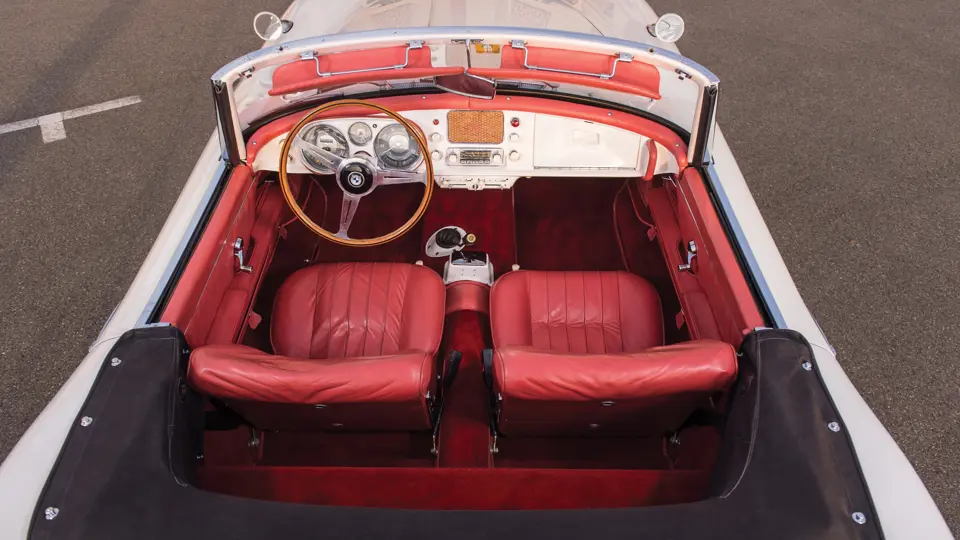

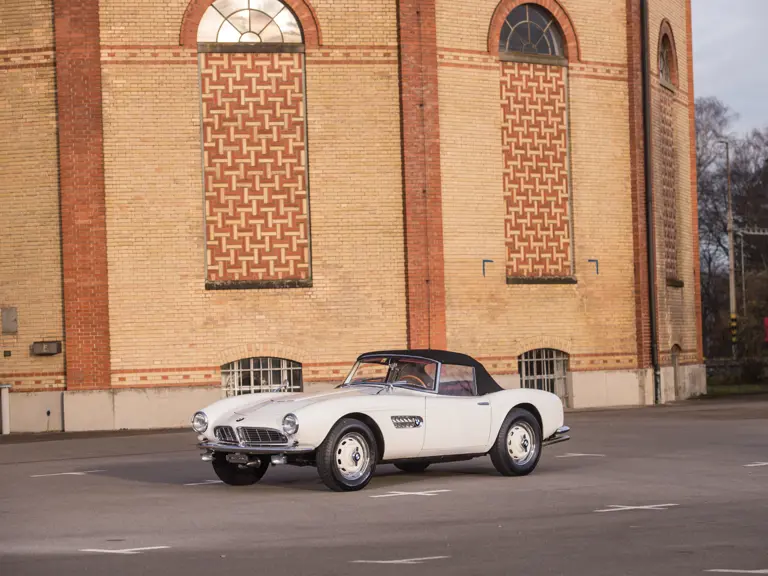
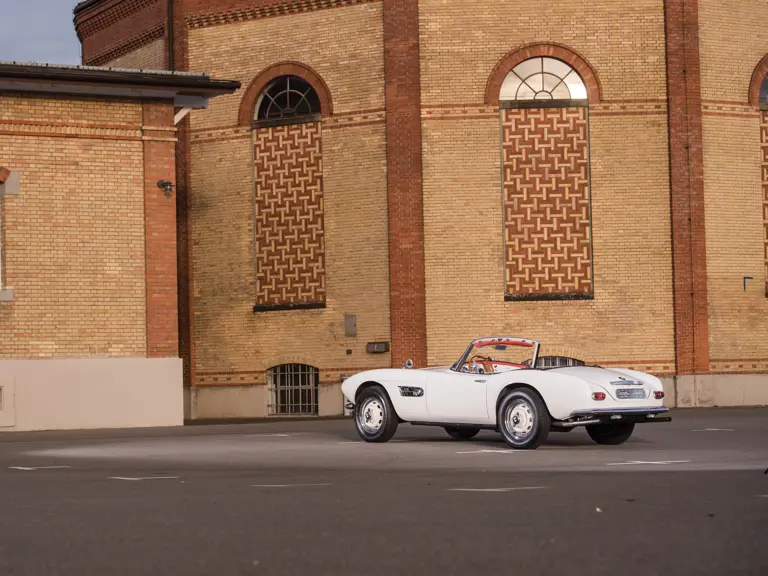
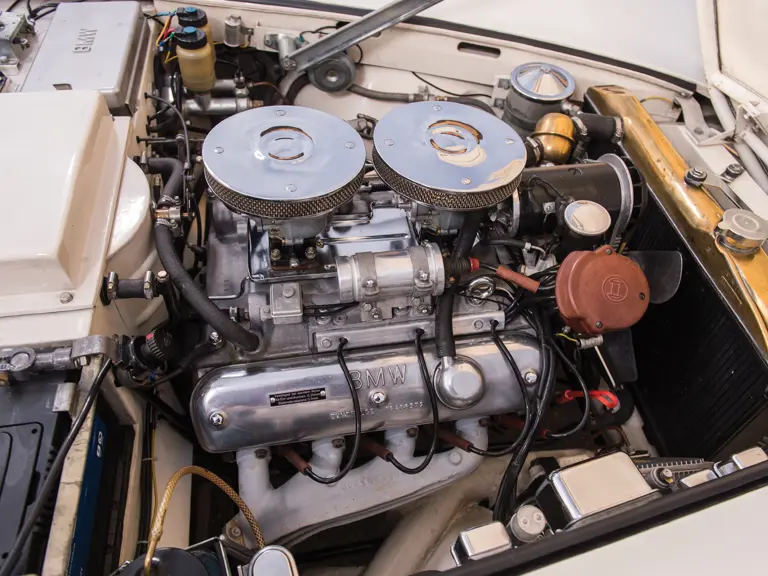
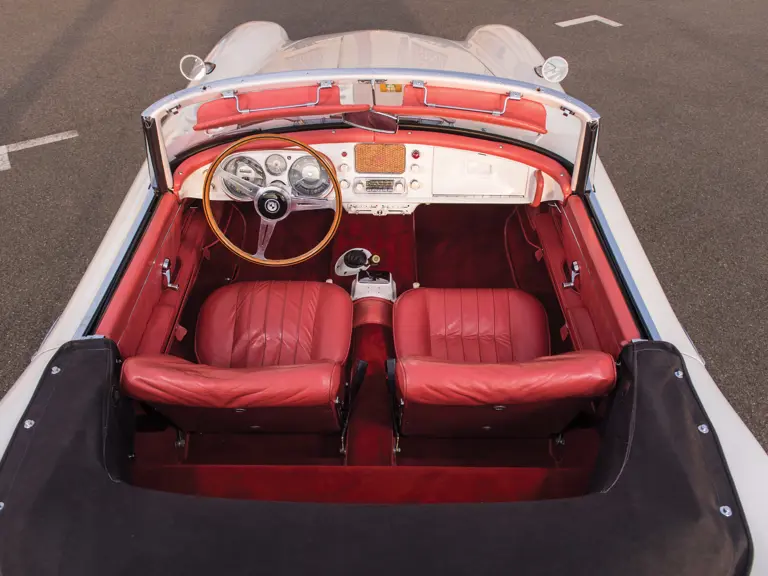
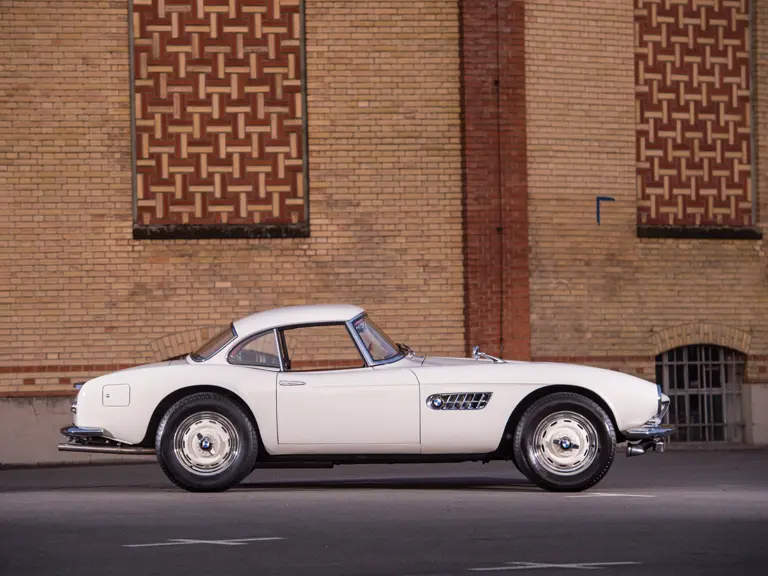
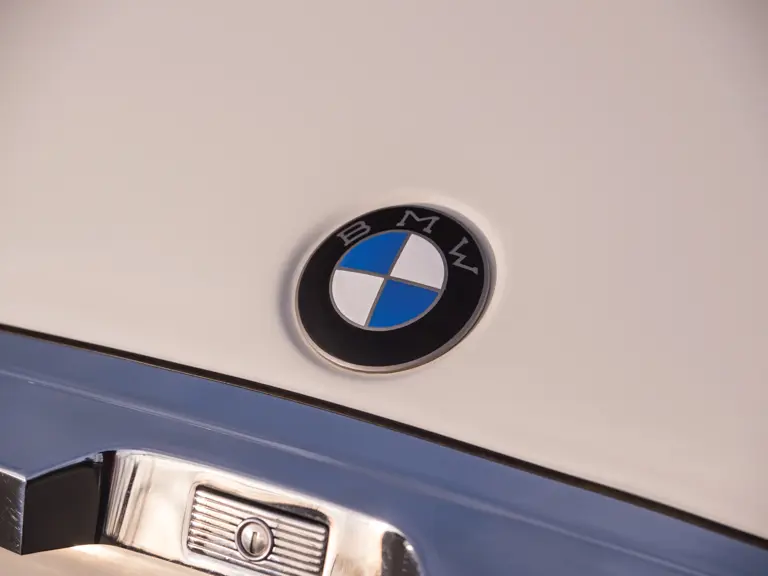
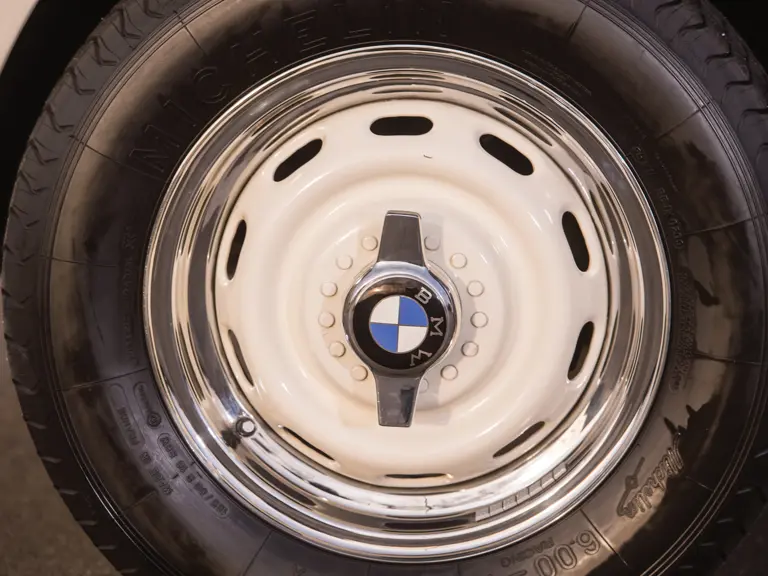
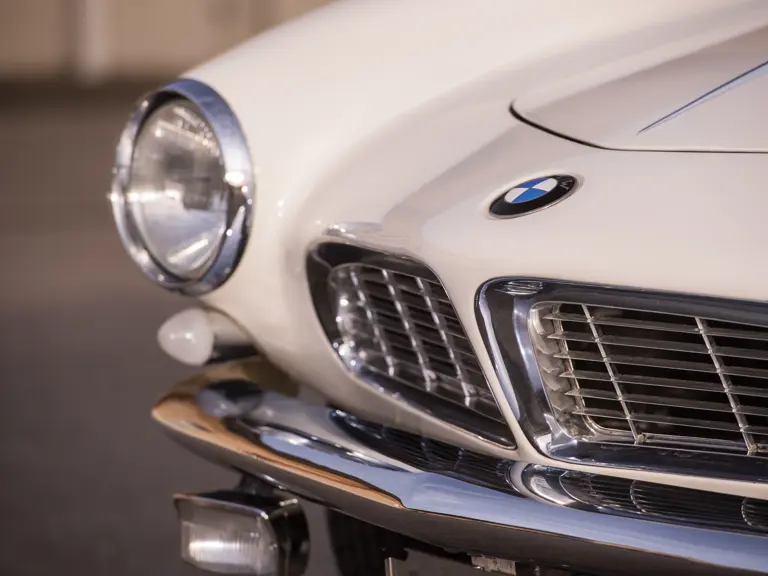

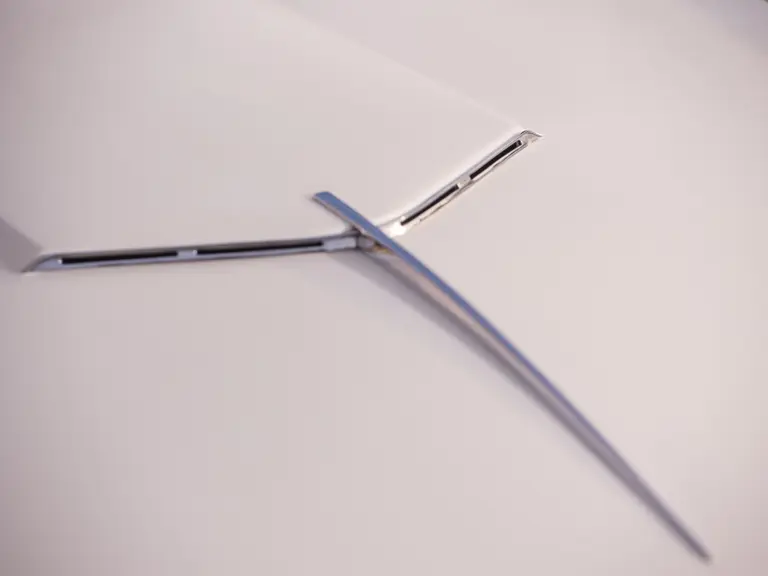
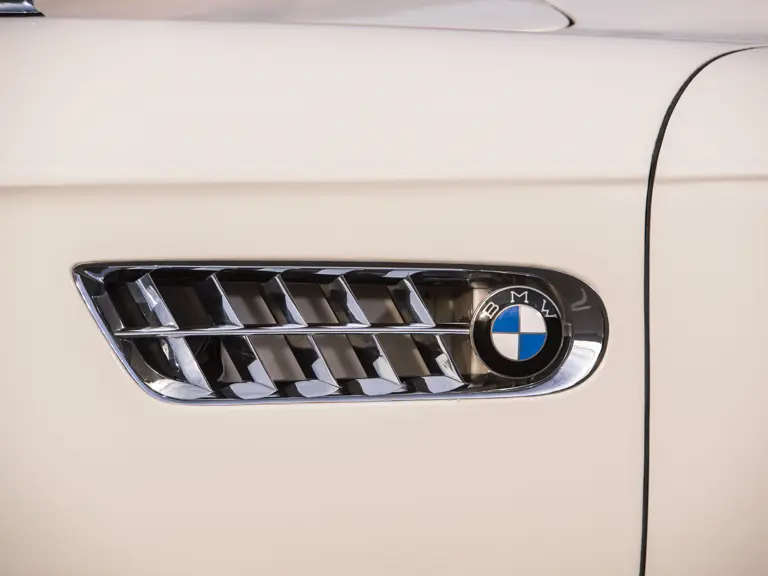
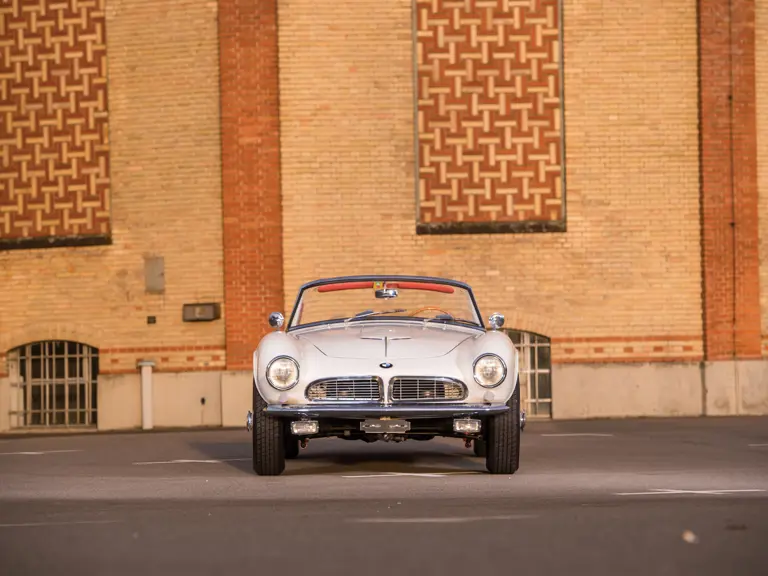
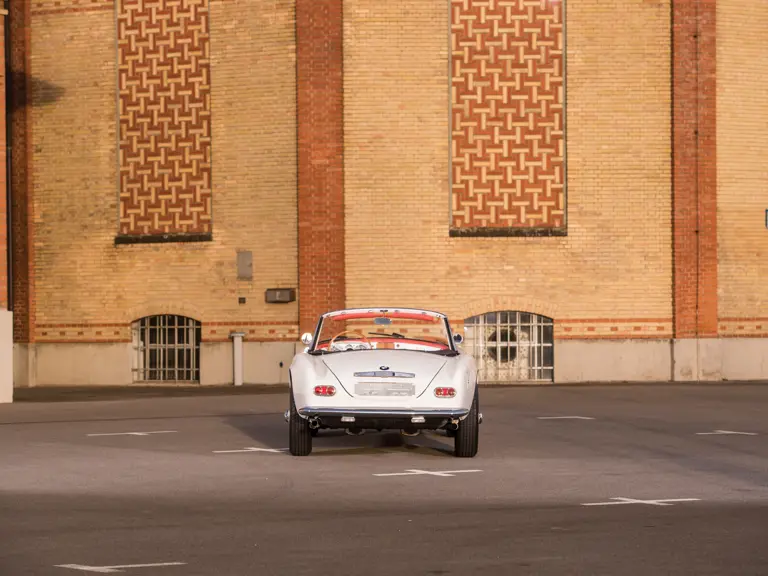
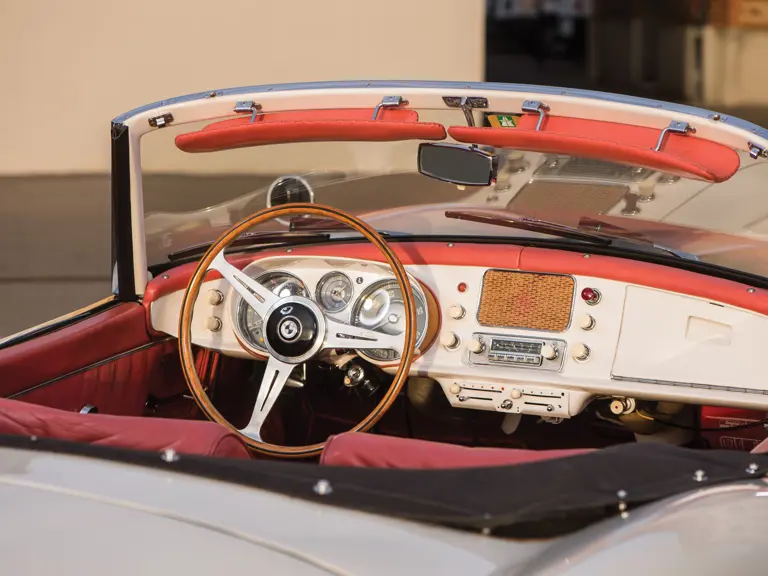
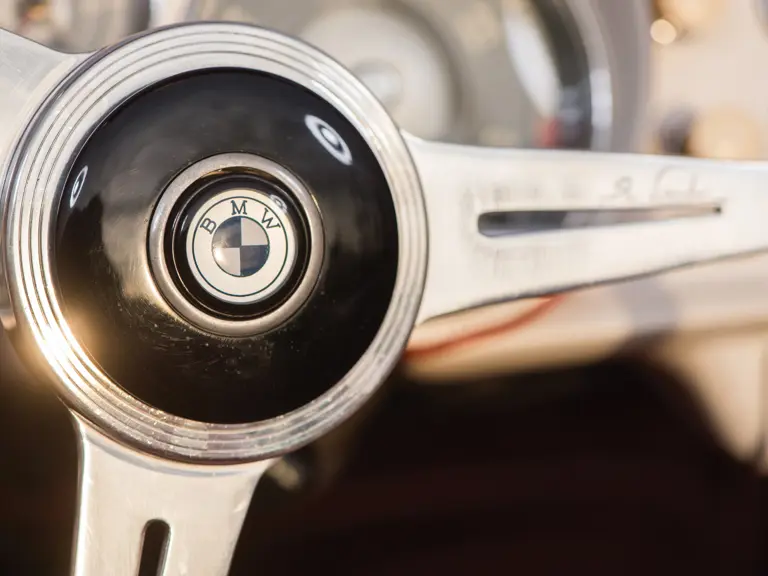

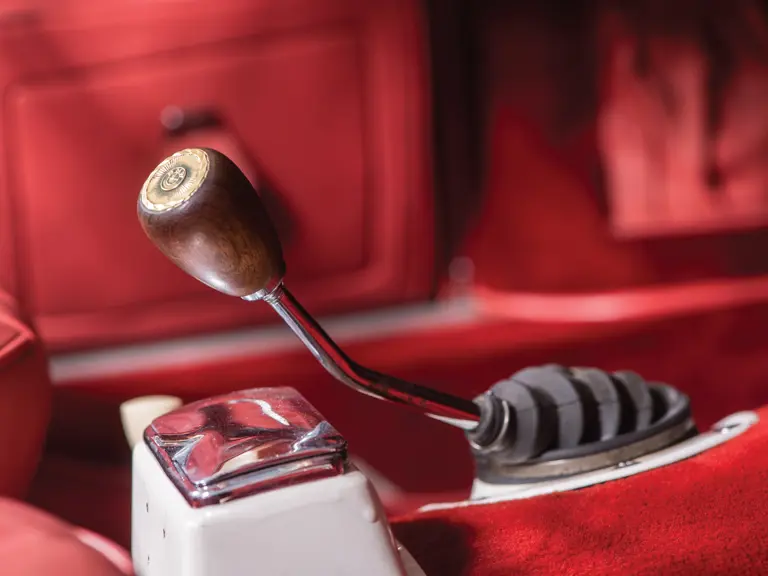
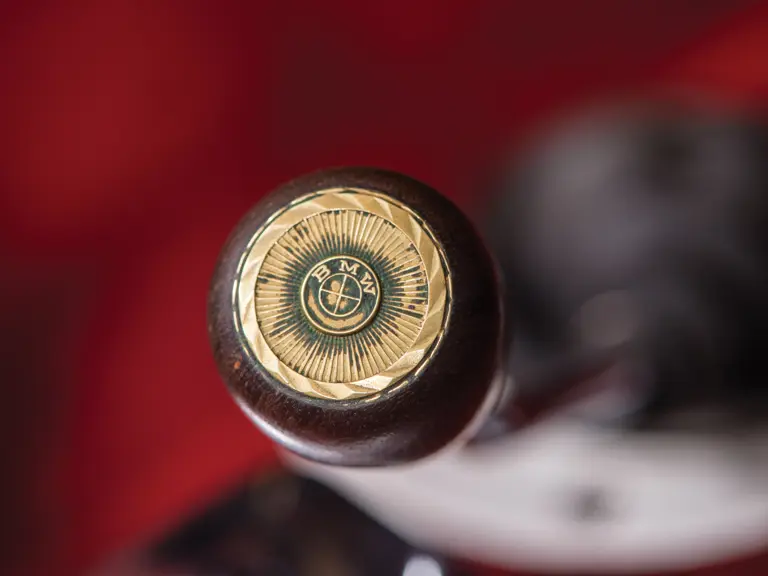
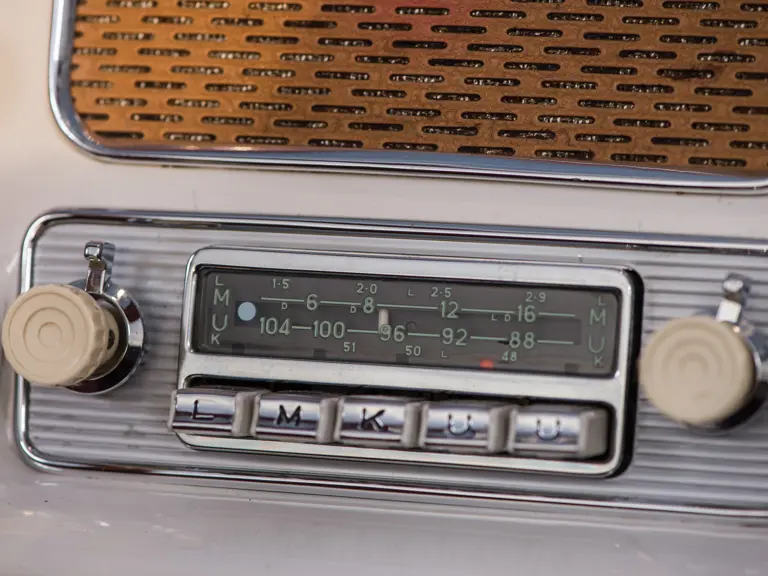

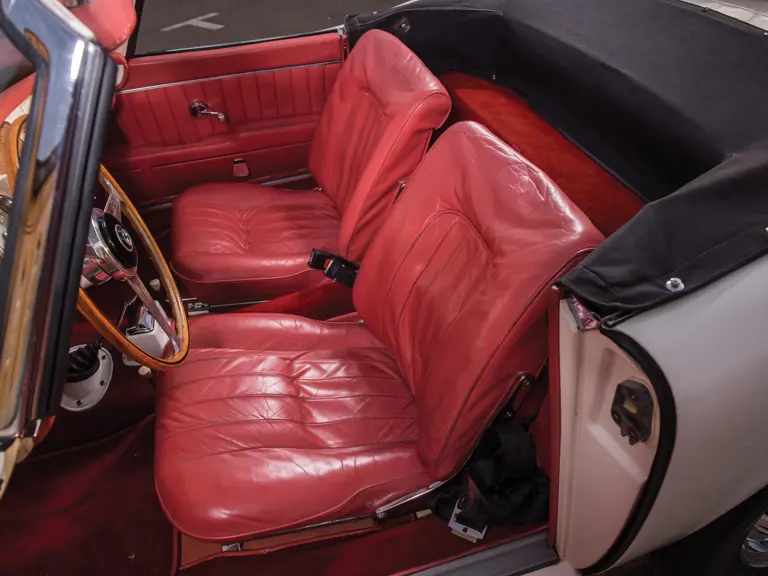
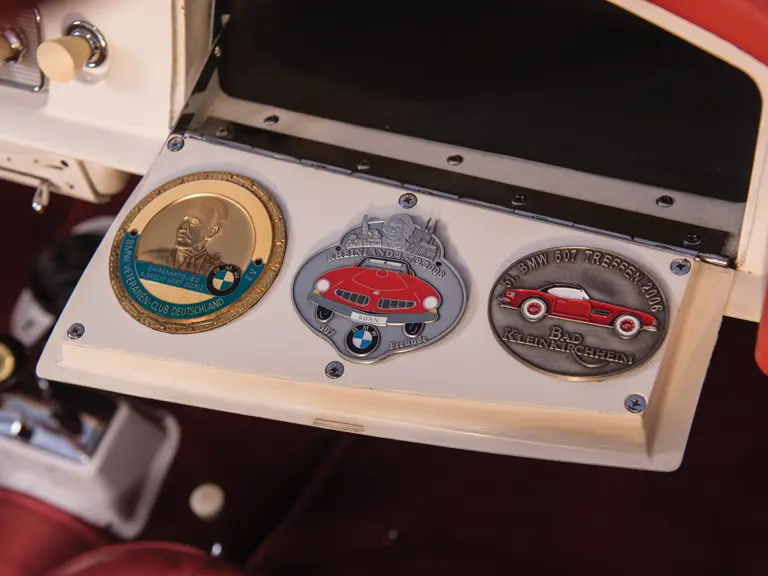
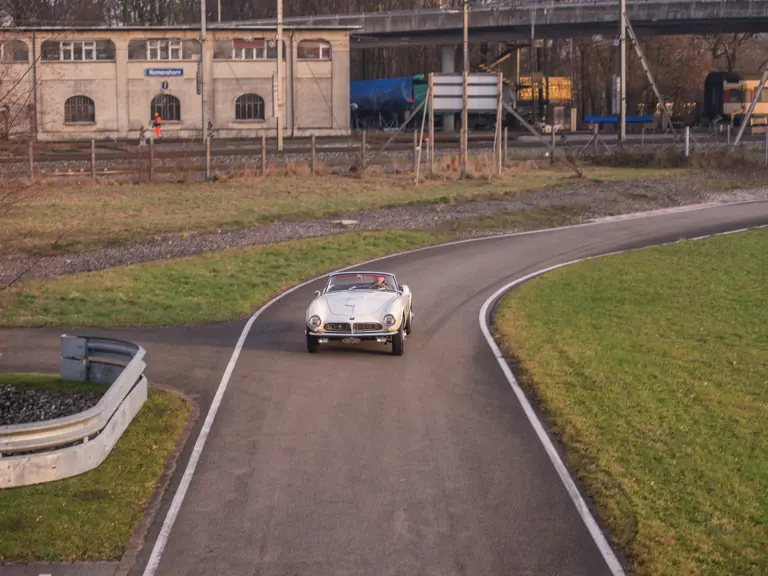
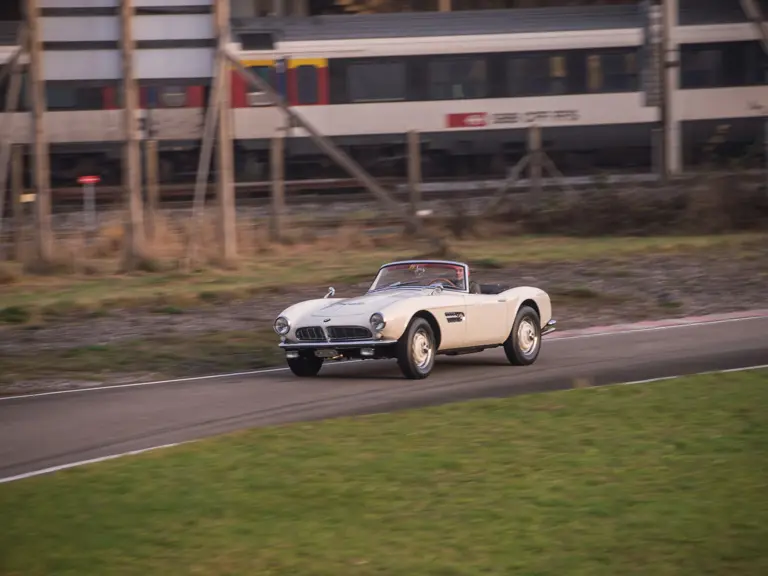
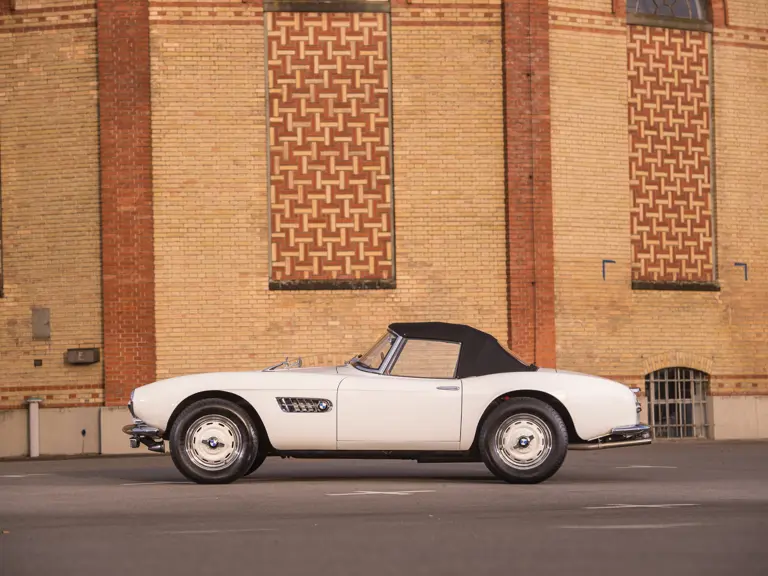
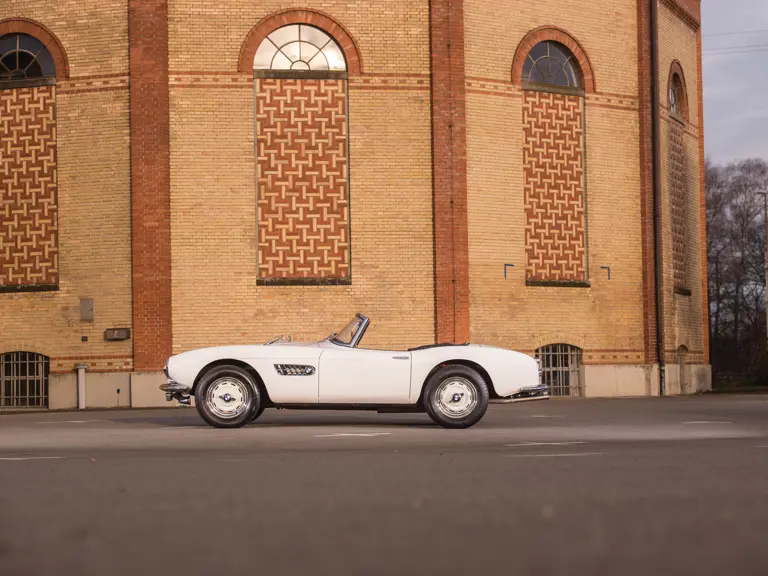
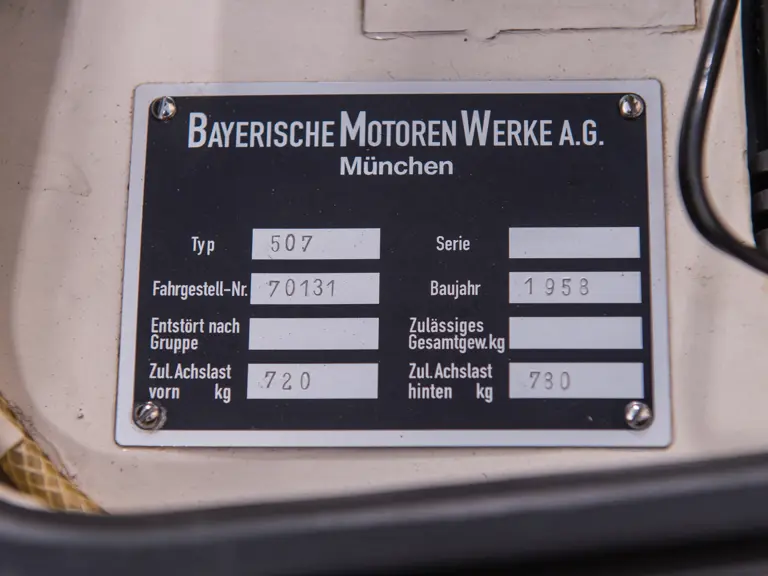
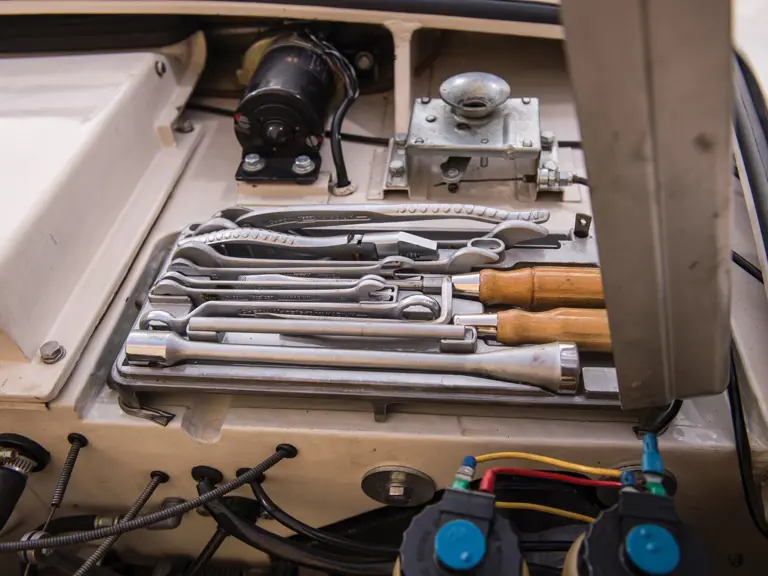

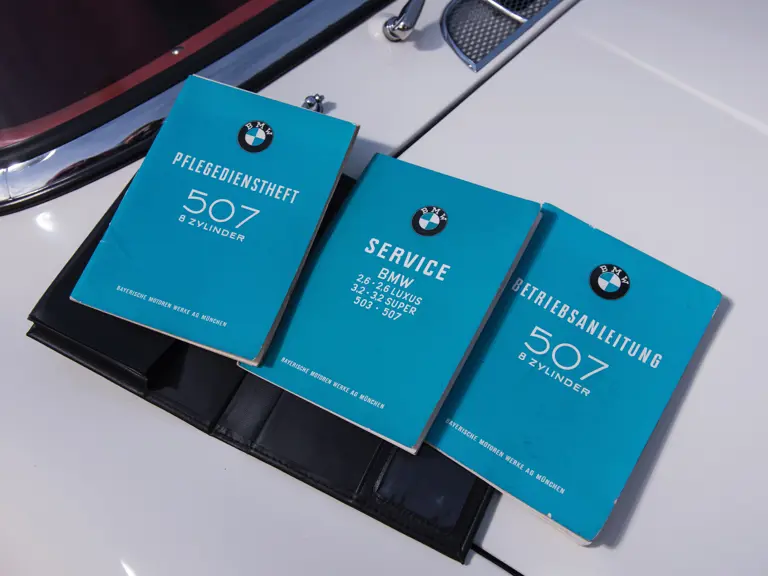
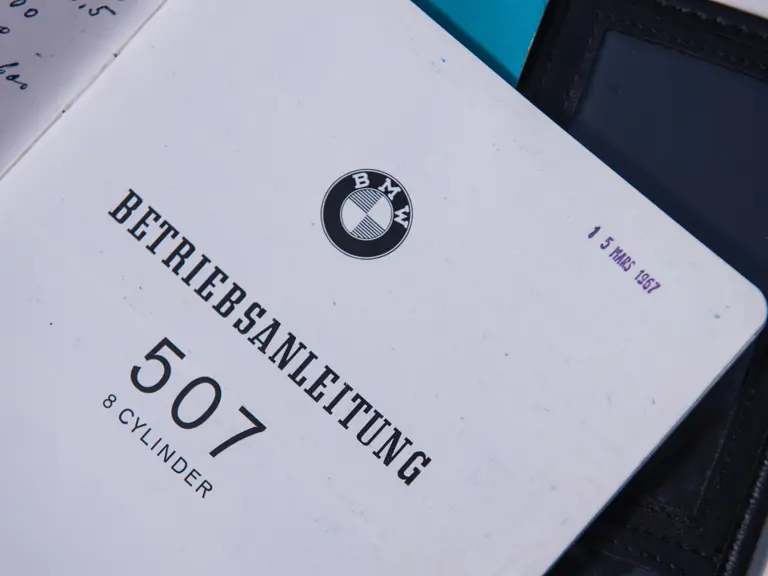
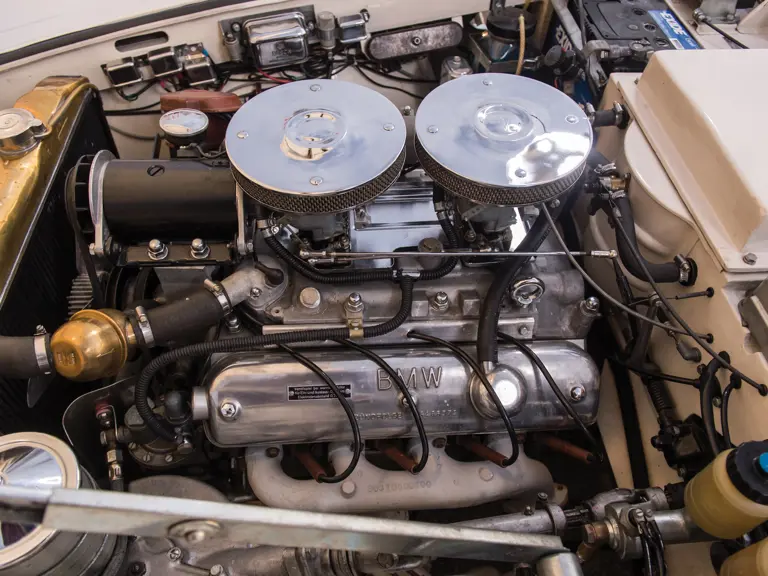

 | Paris, France
| Paris, France
